
In today's competitive e-commerce landscape, brands invest millions in loyalty programs, yet many fail to achieve the engagement they desperately need. According to SaasQuatch research, one of the most critical mistakes brands make is failing to analyse their program's performance and customer behaviour patterns once the program is launched. This oversight leads to inactive loyalty programs where customers remain stuck in the early stages, never progressing to become true brand advocates.

In the fast-paced digital era, businesses are continuously searching for innovative ways to engage and retain customers. Gamification has emerged as a powerful tool in this quest. By converting your product or service into a game-like experience, where users can earn points, unlock badges, and climb leaderboards, you create a dynamic and motivating environment.

In the digital age, where customer engagement is the linchpin of business success, Reward Rally emerges as a beacon of innovation. This platform is not just a tool but a transformative strategy for businesses aiming to decode user behaviour, enhance engagement, and ultimately, drive revenue growth. Let's explore how Reward Rally is setting a new standard in the industry using gamification elements.
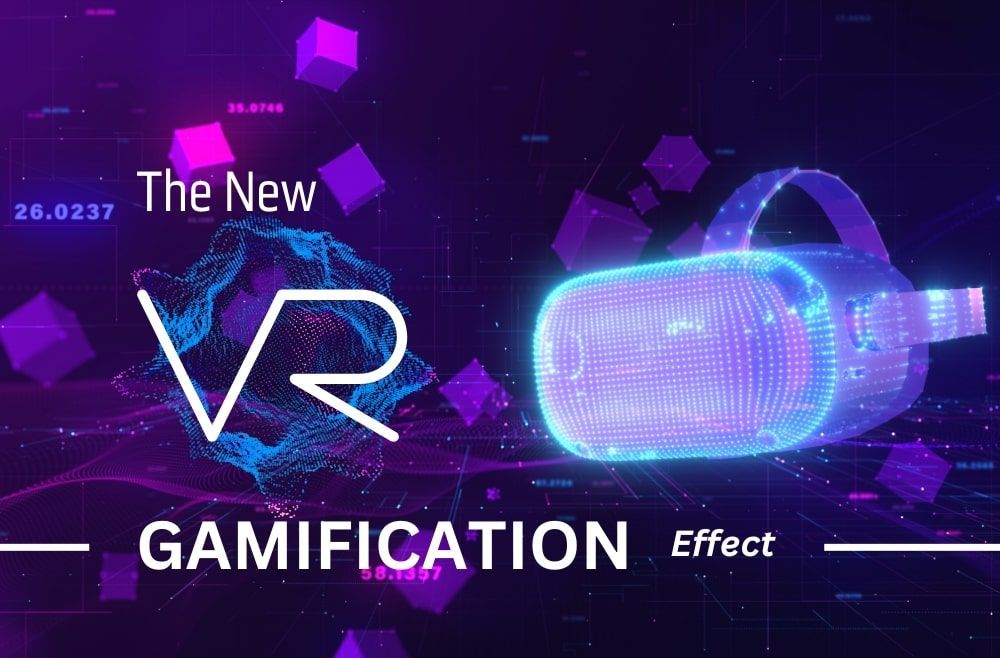
Humans have always found new ways to achieve goals, and technology has always played a pivotal role in this. Sometimes the techniques are old, but the methods to achieve them are different. Such is the concept of gamification, which is old but still effective. However, the technology to achieve gamification has changed over time.
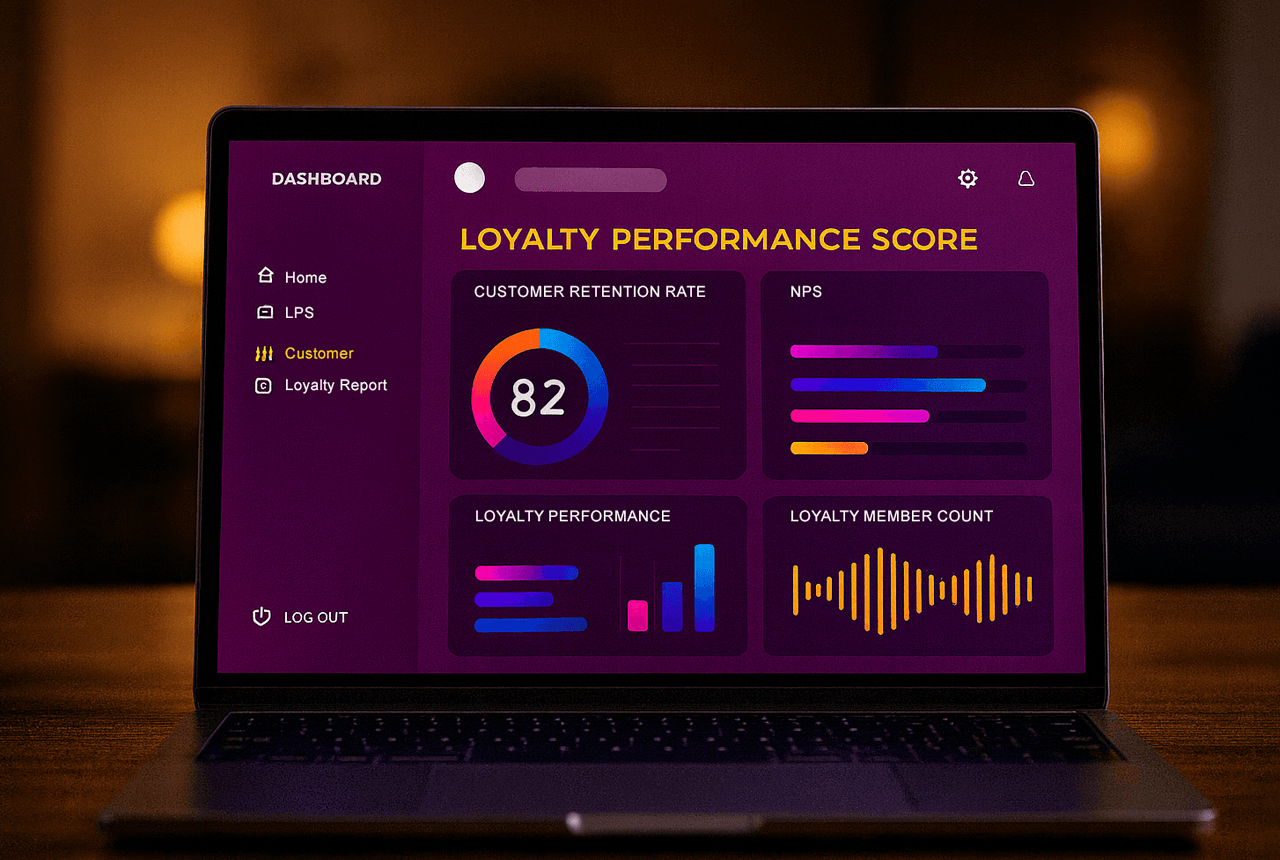
In today's competitive marketplace, customer loyalty programs have become essential tools for businesses seeking to retain customers and drive long-term profitability. However, a significant number of companies fail to properly measure their loyalty program performance, leading to wasted resources, missed opportunities, and ultimately, program failure. According to StratlX's Global Customer Loyalty Report 2024, the average US consumer belongs to more than 15 programs a 10% increase from 2022, yet despite this proliferation, many businesses struggle to quantify the true impact of their loyalty initiatives, relying on outdated metrics or surface-level data that fails to capture the complete picture of program effectiveness.
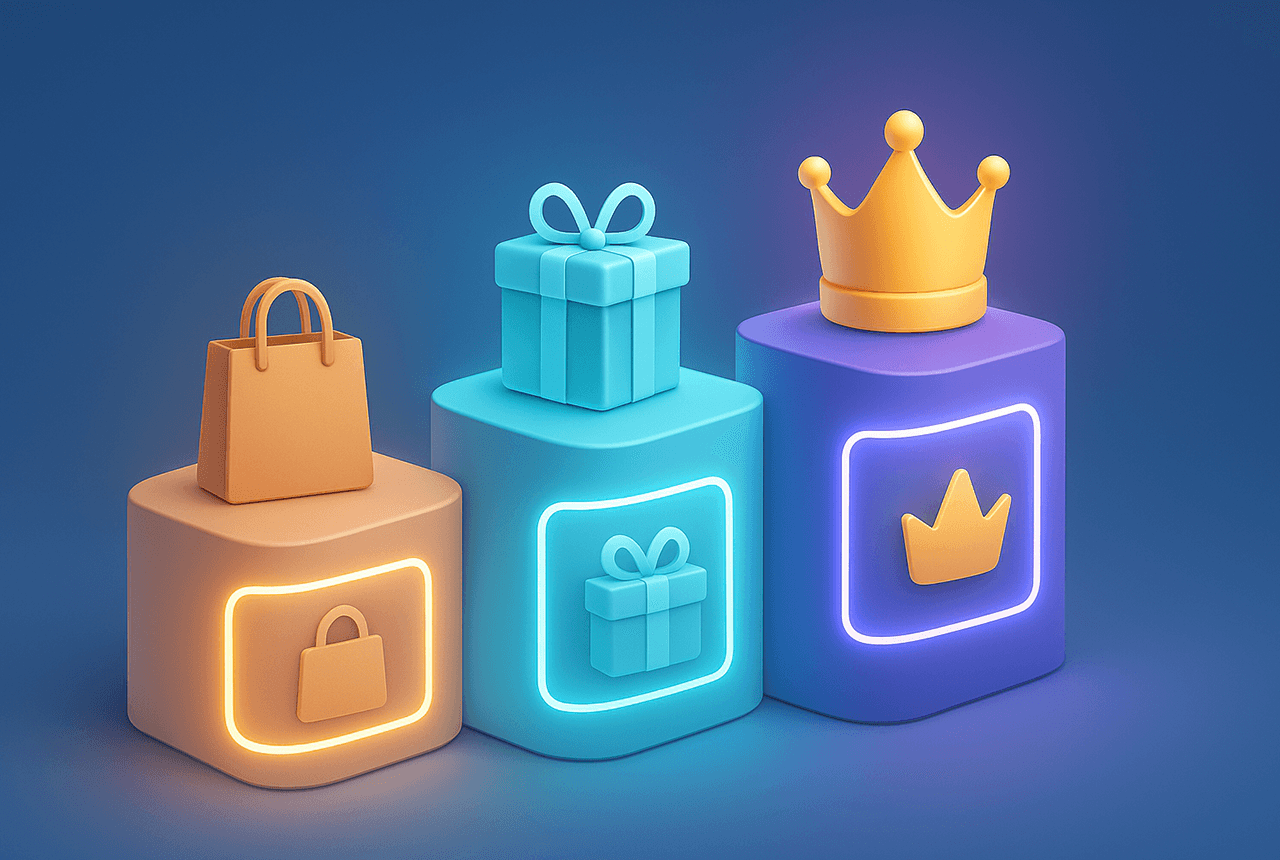
In today's hyper-competitive ecommerce landscape, loyalty managers are facing a perfect storm of challenges. Customer acquisition costs have increased by 222% between 2013 and 2022 according to SimplicityDX research, while traditional loyalty programs are delivering diminishing returns. Are you struggling with single-digit engagement rates on your current program? Watching customers earn points but never redeem them? Seeing competitors poach your best customers despite your loyalty investments?

In the world of business, not every customer stays forever. Some drift away because of better offers, new competitors, or simply losing connection with your brand. But here’s the good news: lost customers are not gone forever. In fact, bringing back a past customer is often easier and more cost-effective than acquiring a brand-new one. With the right mix of targeted ads and a well-structured loyalty program, you can re-engage them, rebuild trust, and turn them into long-term buyers again.

Acquiring new customers is one of the most vital, yet challenging, parts of growing a business. While many companies pour resources into marketing campaigns targeting cold audiences, a smarter approach is to start with the people who already know and trust you — your loyal customers. By understanding their behavior, buying patterns, and shared characteristics, you can identify high-potential prospects who are more likely to convert.
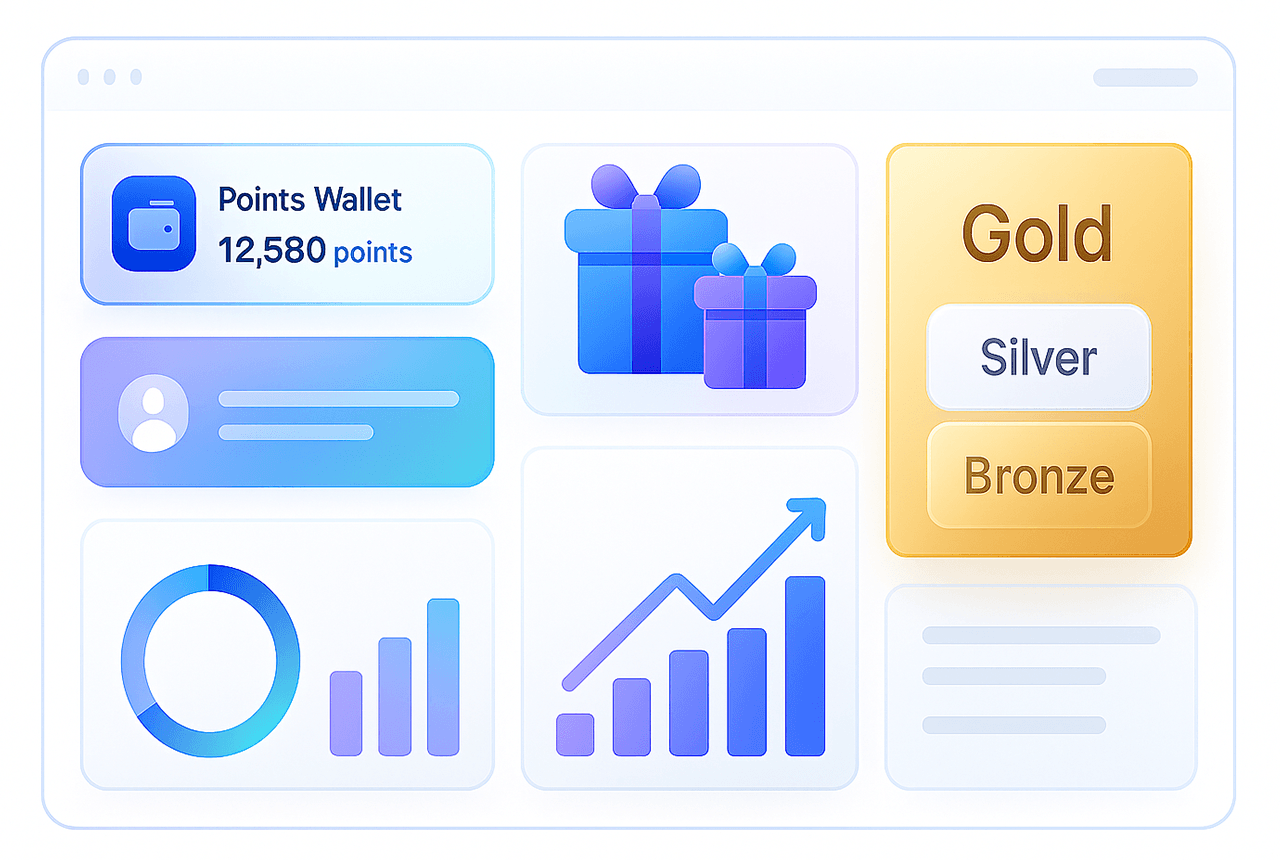
The loyalty program software market is experiencing unprecedented growth, with the global market projected to reach around USD 6.8 billion by 2032, growing at a compound annual growth rate that reflects businesses' urgent need for effective customer retention solutions. Yet despite this booming market, most loyalty platforms deliver generic, inflexible systems that fail to drive meaningful customer engagement.
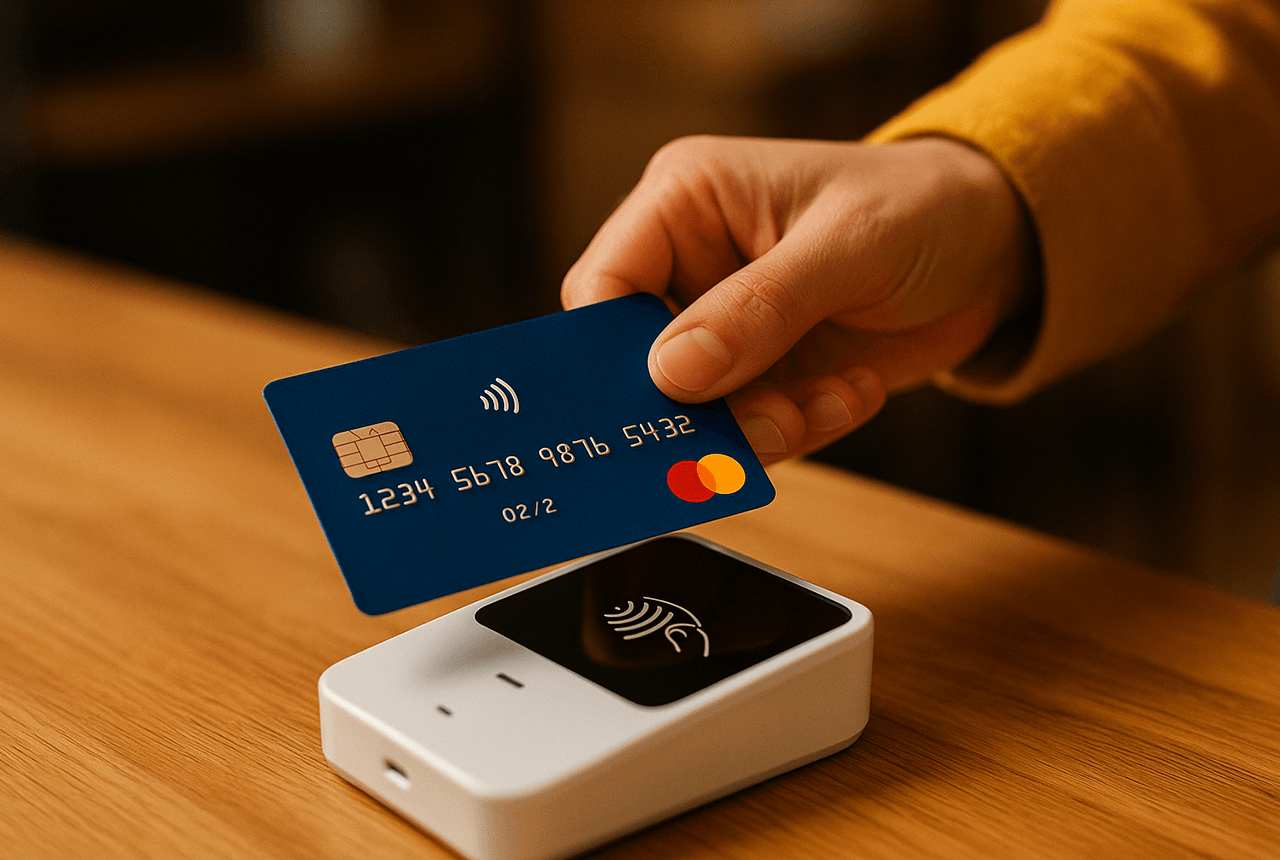
The gap between a customer's first and second purchase is where most businesses lose potential loyal customers. According to a 2014 study by Thanx Inc., 70% of retail and restaurant customers never make a return visit, making this the most critical moment in customer relationships. This is where loyalty program software becomes essential, helping convert one-time buyers into repeat customers through smart automation and engagement.